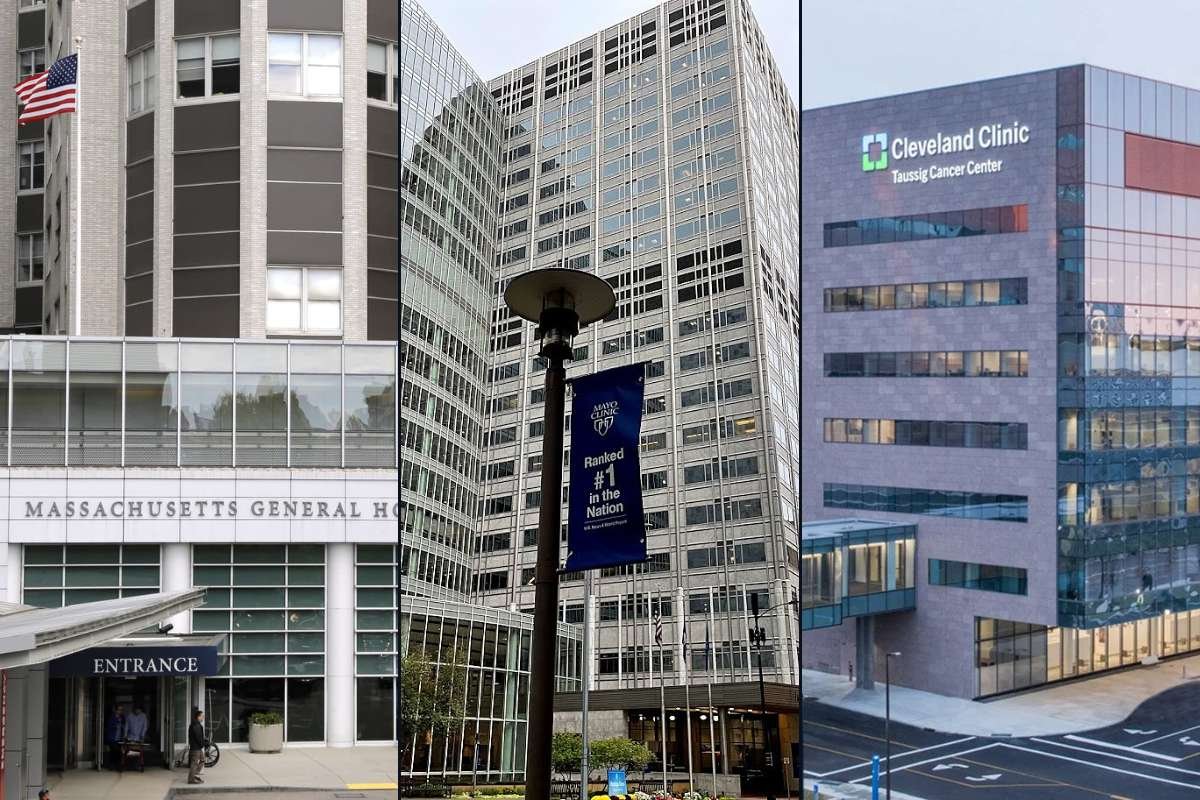When Medicare’s annual registration season comes around, a lot of folks choose to disregard the trouble and turn a blind eye. However, Medicare enrollment this year has turned into a bewildering mad dash to obtain new insurance—or new health providers—for thousands of seniors in San Diego, California.
Major Southern California healthcare provider Scripps Health announced in September that starting the following year, patients enrolled in Medicare Advantage—the managed care substitute for traditional Medicare provided by commercial insurance companies—will no longer be accepted into its well-liked clinic and coastal medical groups. As a result, 32,000 seniors in San Diego are scrambling to secure new insurance or healthcare alternatives for 2024.
Affected individuals can include disabled people who are eligible for Medicare before turning 65. Furthermore, Scripps is not the only health institution in the country ending Advantage contracts—at least six others are doing the same.
The Medicare annual enrollment process is now open and runs through December 7. It is not necessary to examine your Medigap coverage if you are enrolled in regular Medicare (Parts A and B) in addition to it. However, Medicare Advantage or Part D prescription drug coverage ought to be examined. You can switch between Advantage and regular Medicare at this time as well.
Over the past ten years, Medicare Advantage enrollment has increased rapidly, in part because of its all-in-one features and lower upfront costs. Prescription drug benefits are typically included in Advantage plans; these plans are not utilised in conjunction with additional Medigap policies, which can be costly and cover out-of-pocket expenses. Enrollees in Advantage pay their Part B premium, along with out-of-pocket expenses up to a predetermined yearly cap, just like any other Medicare beneficiary.
Traditional Medicare vs. Medicare Advantage Explained
However, the Scripps Health ruling highlights a significant drawback of Medicare Advantage plans: there is no assurance that you will be able to continue seeing the physicians and hospitals of your choice. When insurers and healthcare providers cannot agree on contract conditions, Medicare Advantage plans have the authority to remove providers from their networks.
The Scripps ruling introduces a novel element: healthcare systems opting out of Medicare Advantage. The decision between regular Medicare and Advantage is not only a financial one, but it is also vital for your health and well-being because of the inherent provider volatility.
Speaking with CEO and President Chris Van Gorder of Scripps Health last week, he informed me that the organisation is expected to lose at least $75 million on services provided to Medicare Advantage patients this year. He stated that the choice to discontinue dealing with Advantage plans was mostly influenced by the rates insurance companies were prepared to pay and the inclination of sicker patients to seek care at prestigious hospitals like Scripps.
According to him, Scripps has also had difficulty managing the administrative load associated with Medicare Advantage “prior authorization” processes, which are essentially the steps taken by an insurance company to decide whether to pay for a specified treatment, operation, or medication.
“I think this is the hardest choice I’ve had to make in this position,” he remarked. “I’m not in the insurance or cancellation business; I’m in the patient care business.”
According to Sophie Exdell, programme manager of the San Diego region HICAP, or California’s State Health Insurance Assistance Programme (SHIP), thousands of seniors are in a panic over the Scripps relocation. All 50 states participate in the free, objective, professional assistance with Medicare provided by the federal and state governments under the SHIP programme.
“People who are trying to figure out what to do are calling us nonstop,” she said. “People who are in the middle of treatment and want to continue seeing their doctors are the most common concern.”
WEIGHTING THE AVAILABLE
However, there are actually only two choices available to Scripps patients: changing insurance or healthcare providers.
Medicare Advantage may be cancelled during the annual enrollment period and replaced with standard, fee-for-service Medicare. However, there isn’t an annual out-of-pocket cap under regular Medicare. This implies that co-pays and deductibles for patients may total thousands of dollars. Many choose to purchase a Medigap supplemental policy to fill in these coverage gaps, however switching from an Advantage plan to conventional Medicare might present challenges.
When you first enrol in Medicare Part B, it’s the ideal moment to get a Medigap policy. You have a window of time known as the “guaranteed issue” during which Medigap policies are prohibited from denying you coverage due to a pre-existing condition. There are several restrictions allowed under federal law, but Connecticut, Maine, Massachusetts, and New York all offer some degree of assurance that an enrollment with pre-existing condition protection may be made at a later date.
One insurance company in California is making two of its plans available to everyone, announcing a brief “underwriting holiday” during which your health will not be taken into consideration.
However, moving to Medigap will result in greater initial premium expenses. Medigap policies include age-based pricing; in San Diego, if you want to convert to a Medigap G plan, the yearly cost will be around $2,500 at age 70 and $4,200 at age 80, according to the SHIP.
According to Exdell, some patients are amenable to changing medical providers. Even yet, she points out that next year consumers will have to navigate a congested Advantage market with over 90 plan options.
“There is a bewildering array of options.”







